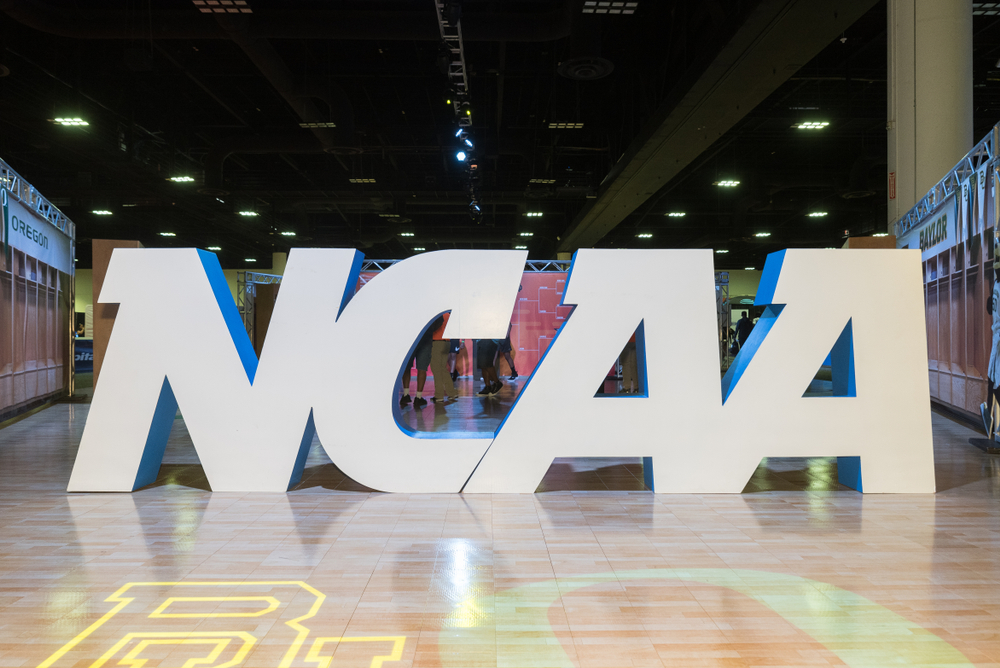There are two primary organizations that offer pre-college testing to high school students, the College Board Inc., founded in 1900, and ACT (American College Testing), a rival testing organization that dates to the 1950s.
The College Board describes itself as “a mission-driven not-for-profit organization that connects students to college success and opportunity … by providing high-quality and cost-competitive products and services.”
The organization’s membership includes over 6,000 educational institutions. More than 7 million students from more than 20,000 high schools are tested annually.
According to the organization’s website, it has two main offices in New York and Virginia, as well as six regional U.S. offices and an international office in Puerto Rico
Its products range from the SAT (Scholastic Assessment Test) to the AP (Advanced Placement) tests and include a variety of other testing programs used by many organizations in awarding scholarships.
Students can also earn college credit by taking CLEP (College-Level Examination Program) tests in a variety of subject areas ranging from English and literature to foreign languages, history, the sciences, mathematics and business disciplines.
In addition, the College Board’s SpringBoard program offers instructional materials focused on reading, writing and mathematics for students in grades six through 12 who seek to improve their college admissions testing scores.
The rival ACT organization is a non-profit as well, and tested nearly 1.8 million high school students in 2019.
ACT describes itself as “dedicated to helping people achieve education and workplace success.”
In addition to testing college-bound high schoolers, ACT also interacts with job-seekers, government agencies and employers, providing “learning resources, assessments, research and credentials designed to help them succeed from elementary school through career.”
According to the World University Rankings, the main difference between the SAT and the ACT tests is that a dedicated science section is included in the ACT but not the SAT. Most colleges that rely on testing for admittance accept both tests and rarely have a preference.
The two tests also treat mathematics differently, with data analysis included in the SAT versus probability and statistics in the ACT. A calculator is allowed for part of the SAT but not for the ACT.
Both tests include optional essay sections. Both tests take about three hours to complete, but the essay portions increase that time by between 35 (ACT) and 50 minutes (SAT).
SAT scores range between 400 and 1600, while ACT® scores range from 1 to 36. The cost of the tests are similar (currently $46 for the basic ACT and $49.50 for the SAT).













